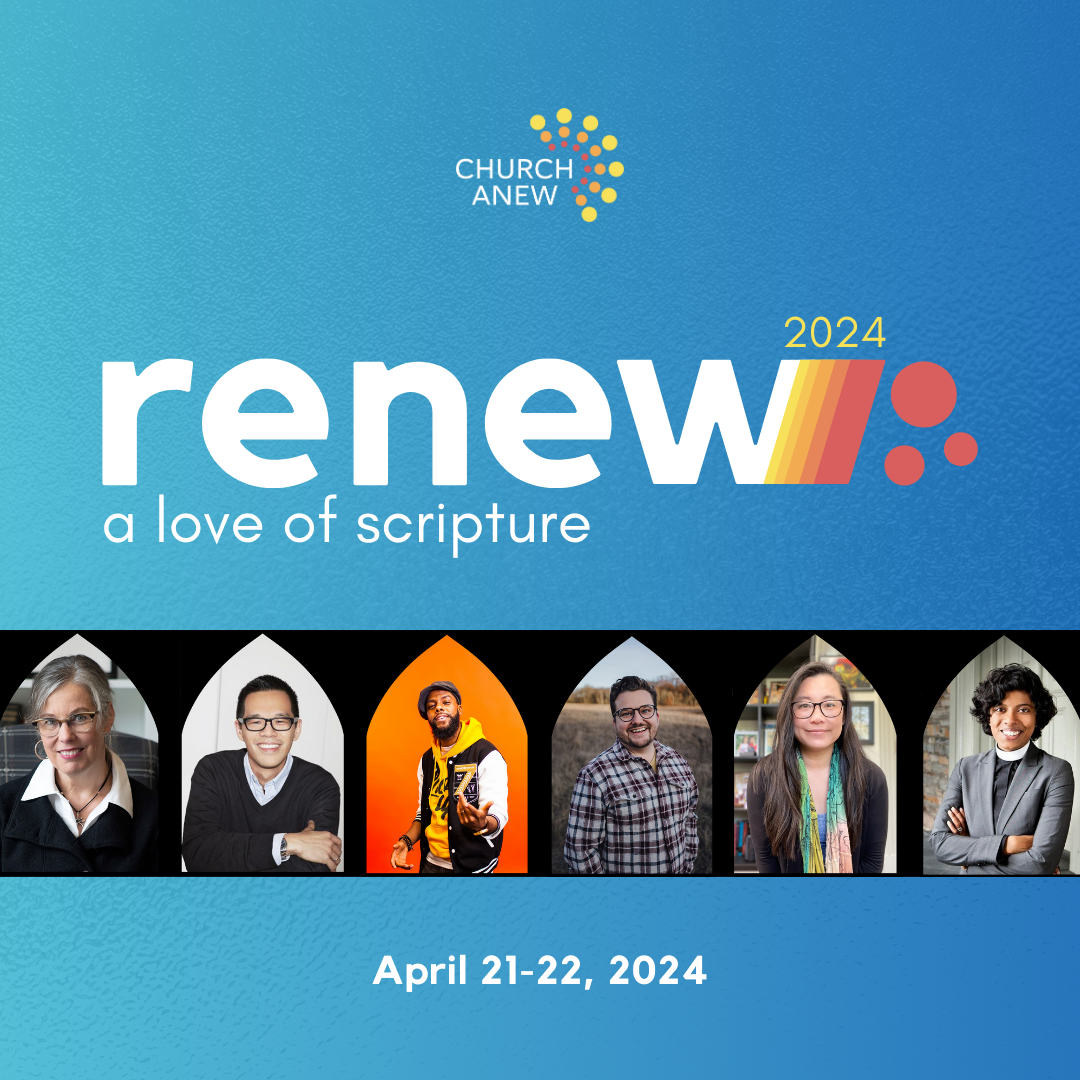When We Crowdsource the Church: The Challenge of Digital Recommendations
Photo by Rodion Kutsaiev on Unsplash
I recently stumbled upon a social media post from an area parent. She was looking to take her young children to church for the first time, and needed recommendations. She wanted a church that was welcoming, inclusive, and ostensibly non-denominational (though I wonder if she was actually looking for a non-partisan congregation). Dozens of other area parents responded to the post. Most recommended the area megachurch for its great kids programming. Some suggested the up and coming congregation that may soon become a megachurch. Only one person suggested a Mainline Protestant church with liturgical worship. Nobody recommended a church because it provided an encounter with the living God, a taste of divine grace, or an experience with the presence of Christ. This is unsurprising, as social media is poorly suited for such depths. Taken together, these comments revealed what social media users prioritize when discussing our church-going: amenities, programming, and not too much in the way of commitment or formality.
Crowdsourcing is a digital and public form of word-of-mouth recommendation. When we crowdsource a decision, whether we are looking for a restaurant recommendation or a realtor, we are asking the public web for opinions. There is certainly some wisdom built into crowdsourced decision making. We crowdsource decisions for the same reason that pollsters seek large, representative samples. Obtaining a large quantity of opinions helps us to see certain trends: which options are most popular, which choices are easiest, which offerings are the least controversial. We also crowdsource for the same reason we check online reviews. It’s a fast method of consideration, far quicker than face to face or phone conversation. This explains why it’s such a popular form of consideration in our social media landscape, why so many young parents rely on digital opinions to make decisions for their families. The efficiency of crowdsourced decision making explains why some have crowdsourced their church affiliation. Why sort through the abstraction of theological commitments and doctrine when word of mouth recommendations are a click away?
Photo courtesy of Ryan Panzer
Whether through social media, or increasingly, through AI chatbots, we are crowdsourcing our church-going, leaving decisions about church attendance and membership to the wisdom of our connections (or the algorithms of ChatGPT). As AI systems collect more of our personal data, they will become more confident in their ability to prescribe a church home. Ironically, at last glance, Google’s AI-powered Gemini chatbot only seemed capable of recommending Mormon churches to my family. One wonders about the possible LDS affiliations among Google’s software engineers.
Despite Google Gemini’s inability to recommend more than one denomination for my family, parents will continue to turn to AI for their church-shopping. And it will do so by scouring the web for reviews, social media posts, and church websites. So unless one asks a chatbot for a liturgical, mainline Protestant congregation, we might expect an algorithm’s recommendations to mirror those of parents on social media. Chatbots, as it turns out, are unsure what to do with theological or doctrinal nuance.
I worry about the crowdsourcing of the church in a culture enveloped by AI. In his book “The Innovative Church: How Leaders and Their Congregations Can Adapt in an Ever-Changing World,” Scott Cormode of Fuller Theological Seminary invites congregations to faithfully innovate. He urges church leaders to adapt for the future by utilizing spiritual practices to make “spiritual sense” of the “longings and losses” and the community. This is a wise approach for a time of rapid change. Yet I wonder if any church leader will take such a thoughtful approach when chatbots and social media users alike prefer programming, popularity, and relevance instead of spiritual wisdom. Our culture’s preference for crowdsourcing therefore contests wise and faithful practices of innovation.
A church leader might respond to this challenge by enhancing their online reputation. They could source online reviews and step up their web development. They could fill their social feeds with images and videos of all their church had to offer. By doing all of this, they might make it more likely that a chatbot - or a parent on social media - would suggest them during a crowdsourced conversation. But this approach seems contrary to the church’s call to proclaim the Word and administer the sacraments. Does building up one’s digital relevance make God any more present in the congregation? Does a popularity amongst the chatbots make our congregations any wiser or more discerning?
Perhaps the best thing for a church leader to do amidst this tension is not to do more but to do less, not to speed up but to intentionally slow down: to commit to returning to the spiritual practices of prayer, discernment, and contemplation. As Brian McLaren teaches, “Spiritual practices are ways of becoming awake and staying awake to God. Through these practices, we might inspire a few in our community to invite their connections. Such a recommendation would result not from our relevance or vibrancy - but because these practices facilitated an encounter with a gracious God. When we create the space and practices for such encounters, we are unlikely to grow our congregations through crowdsourced recommendations. But we will remain rooted in our mission in an ever-changing world. Such rootedness is crucial as AI pushes us deeper into technological disruption.



